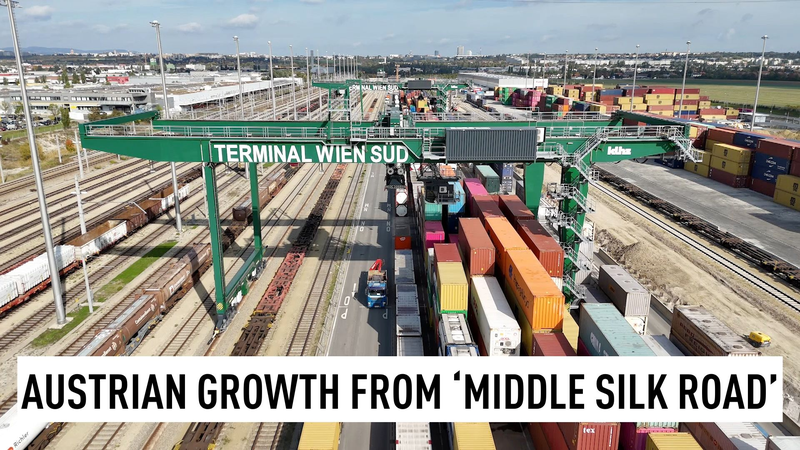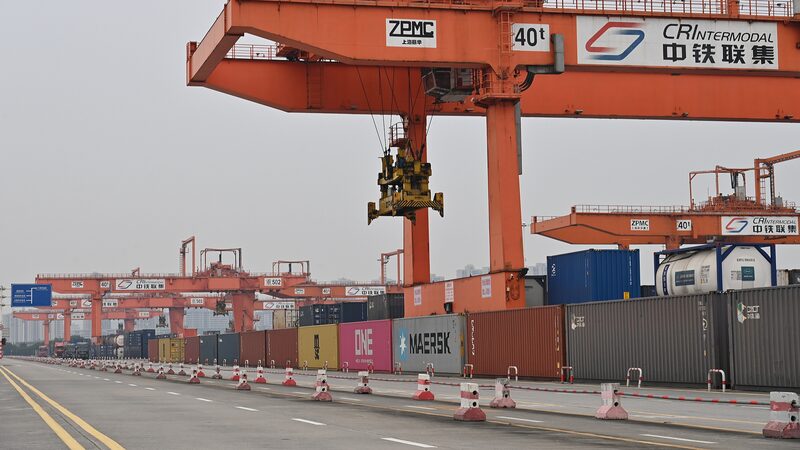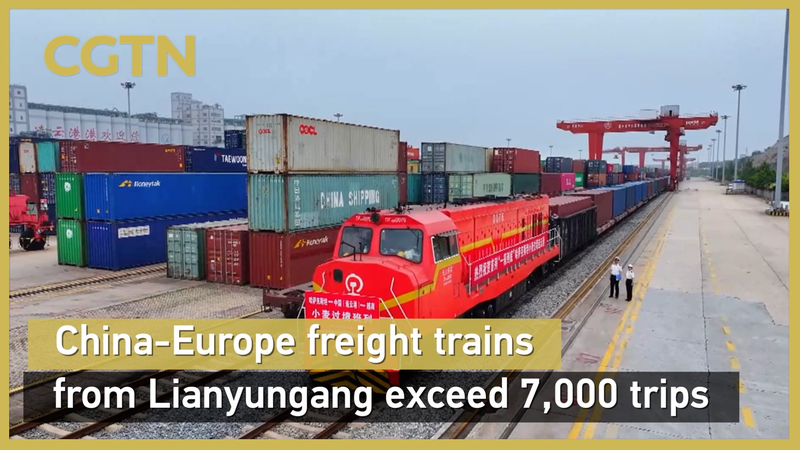As geopolitical tensions reshape global trade patterns, Austria's OBB Rail Cargo Group reports exponential growth along the trans-Caspian middle corridor of the China-Europe rail network. The Vienna-based logistics giant has seen cargo volumes multiply since 2022, with CEO Clemens Först forecasting 'dynamic growth' through 2025.
The middle corridor's strategic avoidance of Russia and Ukraine has transformed it from a secondary route to a vital artery, carrying increasing numbers of Chinese containers through Kazakhstan, the Caspian Sea, and the South Caucasus to Central Europe. This 6,500-km alternative to the traditional northern Siberian route now delivers goods to Vienna's South Terminal in 18-23 days.
While presenting new opportunities, the water-crossing route faces unique challenges. 'Each container crosses three seas and seven borders,' explains an OBB spokesperson, noting ongoing efforts to streamline customs processes and reduce transit times. The company has operated China connections since 2008 but now sees 40% of its Asia traffic using this corridor.
Analysts suggest this shift reflects broader trends in Eurasian connectivity, with the middle corridor's growth creating new economic opportunities across Central Asia and the Caucasus. As European businesses seek reliable alternatives to maritime shipping and sanctioned routes, Austria's rail infrastructure is positioning itself as a key hub in the evolving New Silk Road network.
Reference(s):
Austria's rail cargo 'multiplies volumes' on the middle Silk Road
cgtn.com








